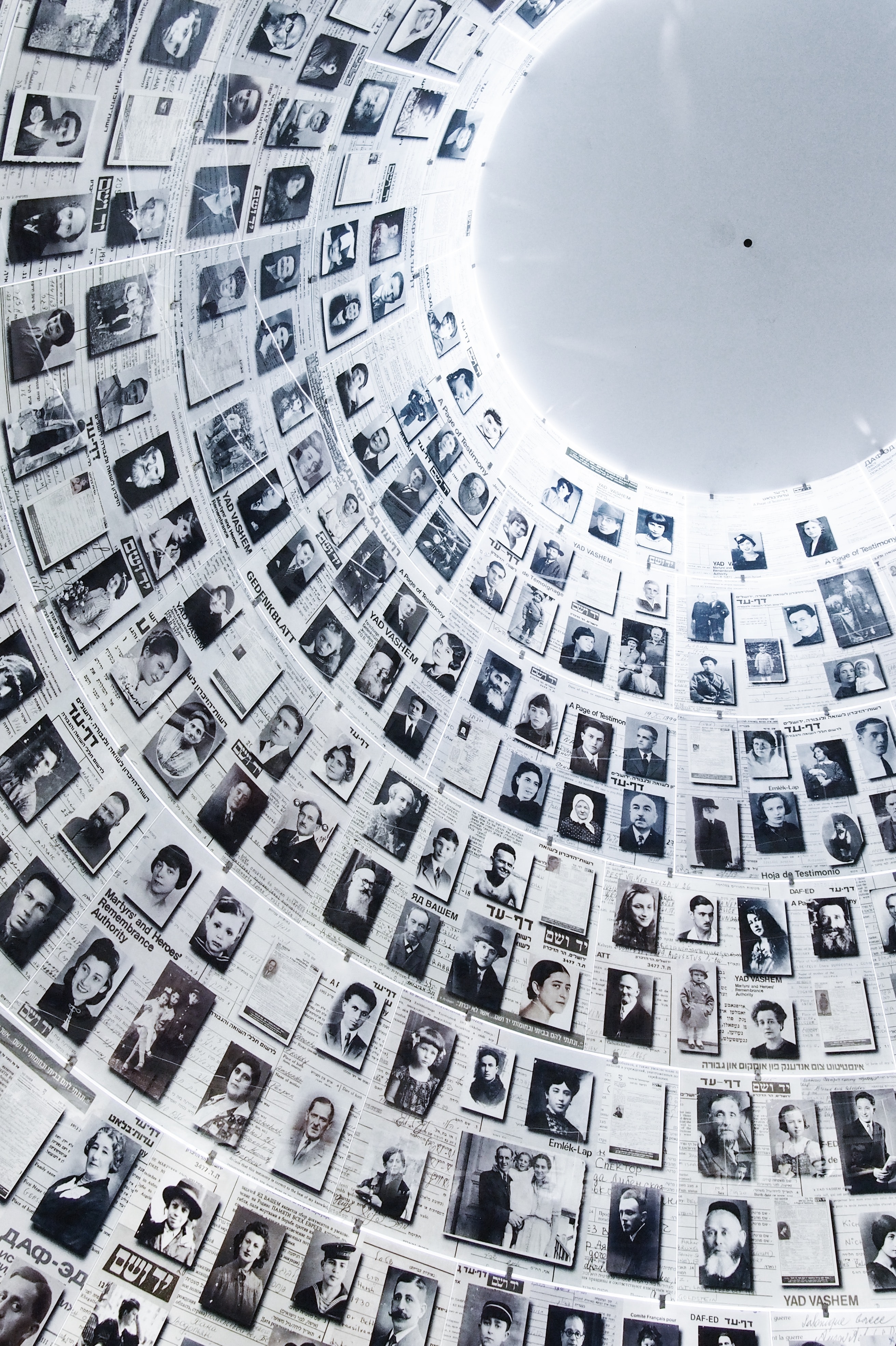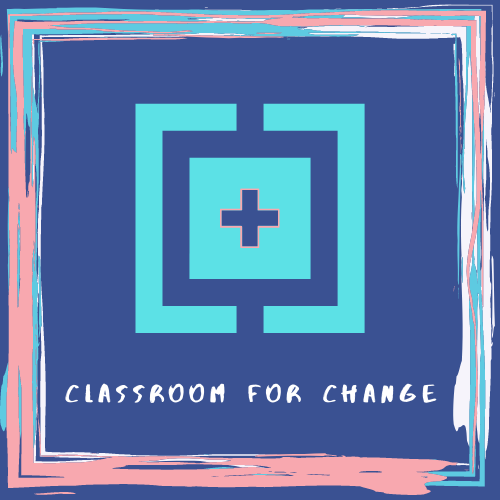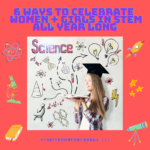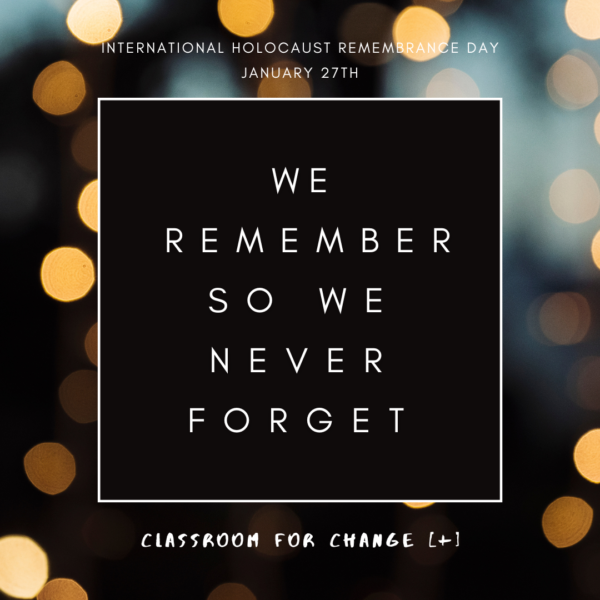A Teacher’s Guide to Teaching the Holocaust: Part Two {Teaching Resources}
International Holocaust Remembrance Day – January 27th
Teaching the Holocaust? Read up on some best practices (See Part One {Teaching Tips}) and then come back to check out these teaching resources worth exploring.
In a sea of teaching materials, it can be overwhelming, not to mention time-consuming, to sift through them all. Over the years, I’ve gathered a number of noteworthy, reliable resources on the Holocaust that have withstood the test of time. Here’s my list.
>> Read on for A Teacher’s Guide to Teaching the Holocaust: Part Two {Teaching Resources} – the second of my two-part blog post on teaching the Holocaust.

6 Resources for Teaching the Holocaust
- United States Holocaust Memorial Museum While teaching a short distance away from Washington, D.C., I had the opportunity to visit the USHMM with my students, and it was an unforgettable experience. The Hall of Remembrance moved us all, and speaking with a Holocaust survivor face to face at the museum made this piece of history come alive in so many ways. The artifacts and exhibitions there are still etched in my mind. Go if you have the chance, and take your students with you. I’d say the museum is best suited for middle school and above. Don’t worry if you can’t visit! The museum offers a virtual field trip with a corresponding lesson plan. The website alone is rich with resources for teachers + students. Educator resources include lesson plans, teaching materials, videos, poster sets, and podcasts + audio. The museum also offers opportunities for educators to learn more about the Holocaust for relevant teaching. See Days of Remembrance Resources for events, ways to commemorate, and to request a free DVD of resources!
- Educator Resources by Georgia Public Broadcasting To commemorate International Holocaust Remembrance Day celebrated yearly on January 27th to coincide with the anniversary of the liberation of the Auschwitz-Birkenau camp at the end of WWII, GPB has provided a list of resources for educators to use with their students as a way to honor the day. The website is one I discovered recently. The list of 20 resources contains ideas on how to integrate art, videos, photographs, survivor stories, and more into lessons designed for students in grades 6-12.
- The Holocaust: A Collection of Teaching Resources by Scholastic This resource assembled by Scholastic includes lesson plans, activities, materials, discussion guides, and book lists that touch on the Holocaust. What’s helpful is Scholastic has provided an introduction to the Holocaust along with a chronology of events to help foster student inquiry. The collection contains materials for students in grades 3-12.
- Facing History and Ourselves Facing History is a relatively new resource, but it has quickly become one of my favorites. The organization brings important issues to the forefront and provides educators with valuable tools in an effort to “face history.” Check out the unit on “Teaching Holocaust and Human Behavior” found in their Resource Library. I’d say the unit is geared for 7th or 8th grade and above. There are 23 lessons in all, and each one is equipped with everything you need from activities to assessments.
- Number the Stars by Lois Lowry (Book) Published over three decades ago, Number the Stars is an oldie but goodie. There’s a reason why this book is a winner of the Newbery Medal and remains a staple in classroom libraries all across America. I for one read Number the Stars as a middle schooler only to find myself teaching the novel to my own students as an adult! The book continues to resonate with readers everywhere and does a great job shedding light on a topic in a way that is comprehendible to students. The novel is categorized as historical fiction and tells the story of 10-year-old Annemarie Johansen and her family’s mission to help Annemarie’s best friend, Ellen Rosen, and her family, who is Jewish, escape the German troops in Denmark during World War II. Students will learn about the courage and resilience of the Danish Resistance who bravely smuggled approximately 7,000 Danish Jews into Sweden in this short but gripping book. I’d say the novel is best suited for young readers in grades 5-8.
- Miracle at Midnight (Movie) If you’re anything like me, there’s something exciting about reading a book with my students and then watching the movie adaptation afterward. My kids loved being able to compare and contrast the two forms of media, which was always an enriching experience. For many of my students, it was beneficial to be able to watch the story’s events unfold on the big screen. The visual form helped solidify their comprehension of story elements, such as characters, setting, plot, conflict, and resolution. Let me be clear though, Miracle at Midnight is NOT the film version of Number the Stars. However, it comes pretty close. To my knowledge, Number the Stars has not been made into a movie yet. For me, personally, I found it refreshing to have two stories to compare and contrast instead of one – not to mention Miracle at Midnight tells a true story. This riveting movie recounts the remarkable heroism of members of the Danish Resistance who risked it all to save their fellow countrymen and women. Miracle at Midnight has a rating of TV-14 (I sought permission from parents before showing the movie to my 7th and 8th graders) and is now available on YouTube and Disney+!
That wraps up my current list of recommended resources. Please note, this is by no means an exhaustive list. If I left out a resource that you think is a must-add for teaching the Holocaust, leave me a comment below or email me at hello@classroomforchange.com.
Thanks so much for reading through to the end. Stay tuned for more blog posts on teaching history!
There may be times when we are powerless to prevent injustice, but there must never be a time when we fail to protest.
Elie Wiesel
American-Romanian Writer, Professor, Political Activist,
Nobel Laureate, + Holocaust Survivor







![How to Meaningfully Celebrate Earth Day 🌎
A Practical + Helpful Guide by @goodgoodgoodco 🌻
"The urgency of climate justice should inspire us all to spring into action on Earth Day and beyond–as should the good progress we're making. This Earth Day, we invite you to look for the Helpers, make your own meaningful changes for the planet, and tap into joy as an abundant resource for resistance and change." 🦋
Visit the link in bio 🔗 @goodgoodgoodco and tap this post under "Recent Instagram Links" for more meaningful ways to celebrate #EarthDay. We can help raise awareness + work towards change by sharing this information in our own circles and taking up these practices.
Let's plant the seeds (both figuratively and literally) for a better future! 🌱✨
#EarthDay2024 #CelebrateEarthDay #Earth #NoPlanetB #ClassroomforChange [+]](https://classroomforchange.com/wp-content/plugins/instagram-feed/img/placeholder.png)
One comment